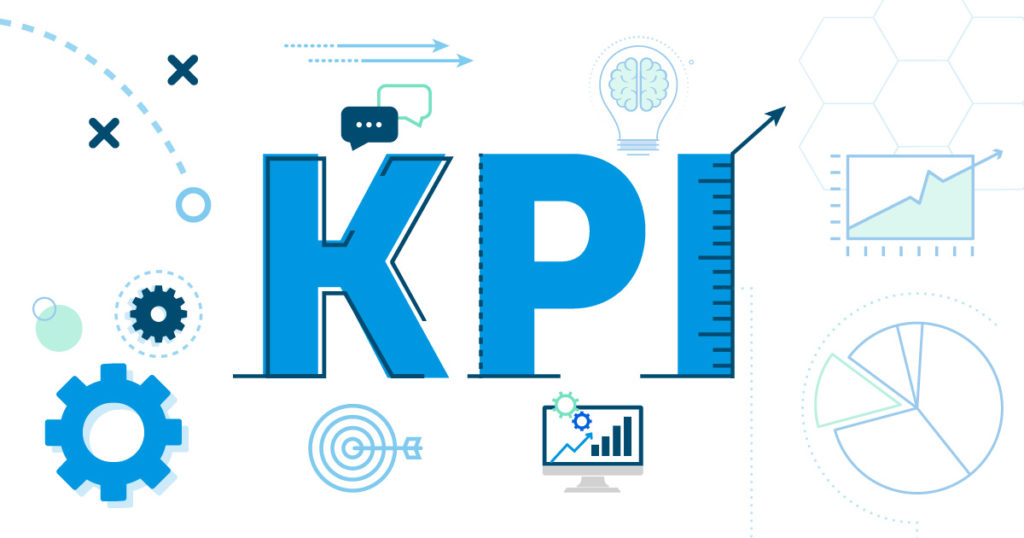Last Updated on October 30, 2024 by Owen McGab Enaohwo
KPIs are a hit or miss for many companies. They are definitely useful and required for any modern business, but applying them correctly, especially for new businesses with no previous experience can be hectic. Here are some tips to make real KPIs that can actually achieve new accomplishments in your company.
Image Credit: godfrey.com
1. Set a KPI Looking to the Future
you want to use KPIs that can help you forecast what will happen in the next quarter or year. Sales are the most common KPI, but it is not the only piece of data to forecast future sales. You can monitor for example the number of sale pitches your staff made to every client and which actually became a sale. The total amount of interactions give you a ceiling of how much you can potentially sell vs. what you really sold. Target a larger metric for the next quarter to close more sales.
There is forecasting software for inventory out there like Streamline which can help you come up with a reasonable KPI in regards to inventory. It reviews your numbers, how everything is planned out, and delivers the forecast when you input any changes. Forecasting systems are sometimes more efficient than setting your goals, which is usually done wrong by most managers. Always focus on the future.
2. Customers and Sales Have the Best Data
Most of the valuable data happen at ground level between the interaction of the customer and salesperson. Which in part makes the salesman an incredible data recipient. Extracting this information from sales is in many cases done very poorly, or not done at all. Salesmen feel they are the last link in the company pyramid of power, so they are not always very forward in sharing their insights 100% honestly to protect their job status, or they can pollute the data with their view on things.
Set up a friendly procedure to extract data from salesmen that encourages them to provide everything they learn from the customer and input the data in a system that can categorize each input so analyzers can take a broad view later. The tactic of having management step into the salesman’s shoes from time to time is incredibly insightful.
Remember, data is important in numerical format, but gathering customer sentiment and emotions is as important. Business process consultants are always there to help out build a nice workflow process.
Numbers Must Be Relevant and Aligned With Common Objectives
Sometimes we monitor too many numbers and data and feel this is all we need. This is not always the case, especially when the data is disconnected from the goals we want to achieve. Do not measure things outside of your control or irrelevant. Reduce the KPIs to those that actually matter. Here is a list of the top financial KPIs you should be monitoring:
Gross Profit Margin – Gross profit margin (%) = (Gross profit / Sales revenue) x 100.
This KPI tells you how much value your business is adding during operations. For example, sales might be up this year but your gross profit margins went down. What is costing you money? Maybe there can be some efficiency changes you can make to increase profit margins.
Net Profit Margin – Net profit margin (%) = (Net profit / Sales revenue) x 100.
Similar to gross profit but it takes into account overhead costs. Expresses the sales revenue after you have paid full costs. If you compare the gross profit margin and the net profit margin you can identify the impact of fixed costs.
Solvency – Current Ratio (solvency ratio) = current assets / current liabilities
A very good KPI to be monitoring. Current assets are the resources you have available that can be converted into cash within one year time. Cash and inventory mostly. Liabilities are financial obligations like debts and credit but also a commitment to purchase supplies in the one-year time. Solvency is measured in a positive or negative 1:1 ratio. If you are on the positive side it means you have enough cash and projected sales to cover debt and contracts, but if you are on the negative side be wary because it could mean more debt will be needed to honor existing liabilities and that can spiral out of control.
Be General but Also Fragment Data
Sales overall might look great, but what if most of your profits came from one store while a couple of others are struggling or performing at a loss? You need to be able to fragment major KPIs into categories when it matters. Be careful to fragment too much and fall into a data spiral.
Be very skeptical about the metrics you use and test new ones every once in a while. Get creative.
KPI’s to Avoid
Social Media has become an important part of the marketing metrics of every company, but is measuring how many followers we have a really important and significant metric to go crazy about? Or even website traffic? These metrics alone mean nothing to the company’s end goals. What matters in these instances is social engagement and the conversion of visitors into leads.
Some financial KPIs like revenue is important, but how about measuring revenue by employee or area?
What to do with all this KPI data? Try telling a meaningful story with the data you collect. The right metrics can make a huge impact on performance but only when you make sure it applies directly to things you can act on.
About the Author
Sara Ferrero is a freelance writer for the tech online niche. She is an SEO expert and outreach specialist that loves to work from home.
